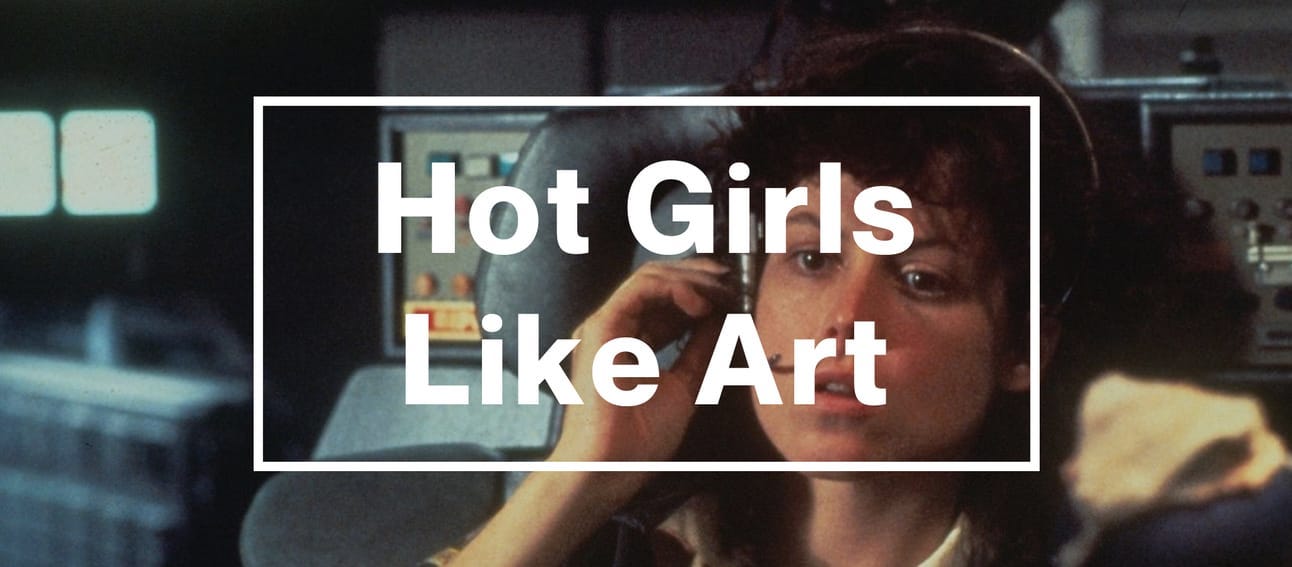What am I scared of?
It was just before I left the military.
Wrong place.
Wrong time.
I was pushing too far.
Momentum carried us beyond the line, and a piece of metal that wasn’t supposed to, entered my hand in an unfriendly way.

Alien (1979) - Ellen Ripley
Sigourney Weaver
But the fear didn’t come. I was trained. I was still moving.
I carried a stretcher. I gave instructions. W…
Keep reading with a 7-day free trial
Subscribe to Hot Girls Like Art to keep reading this post and get 7 days of free access to the full post archives.


